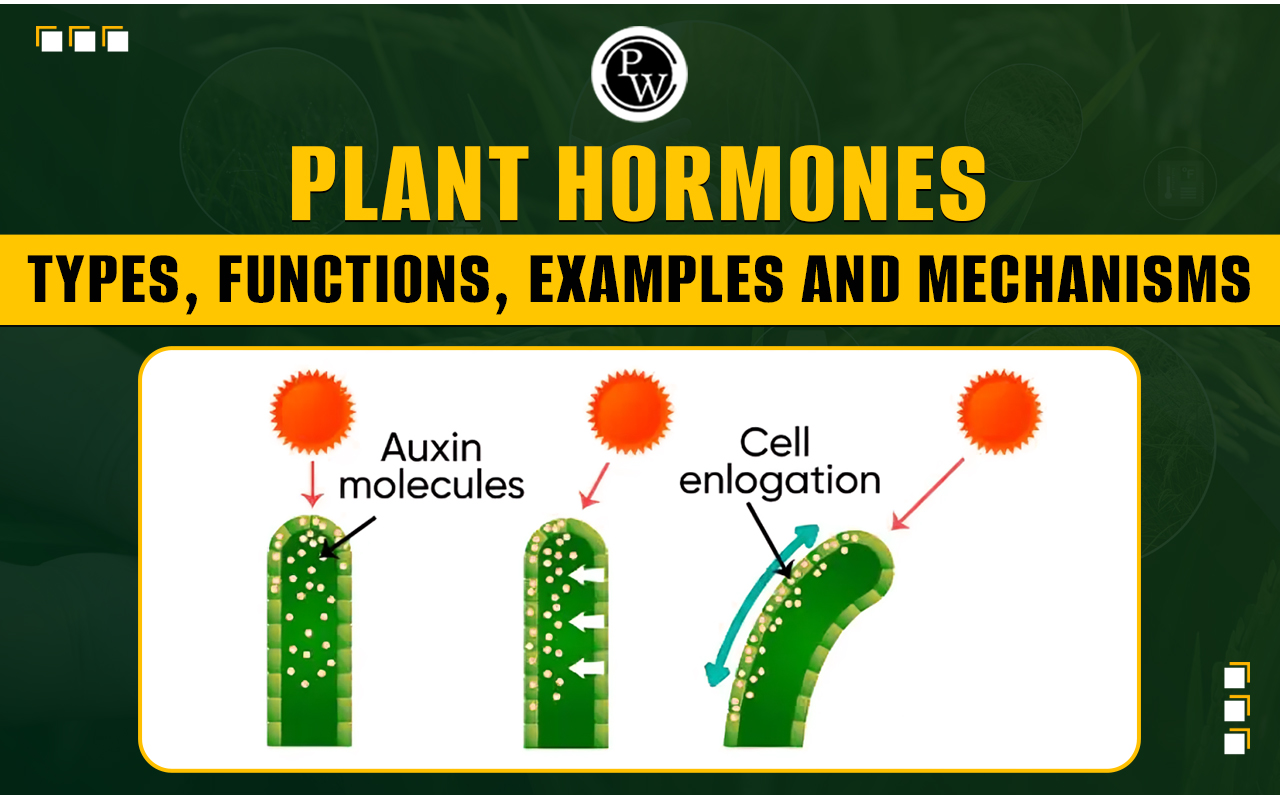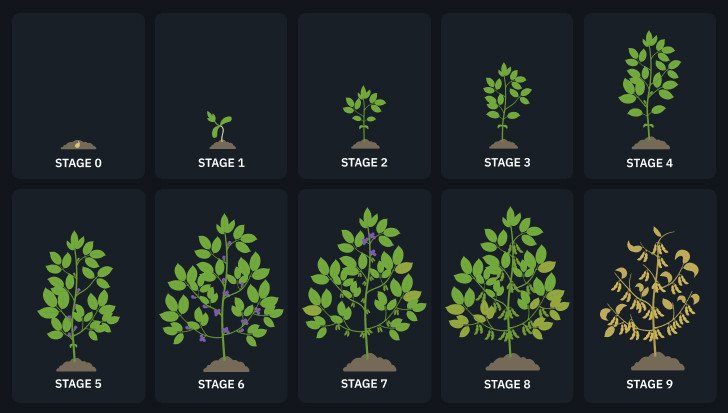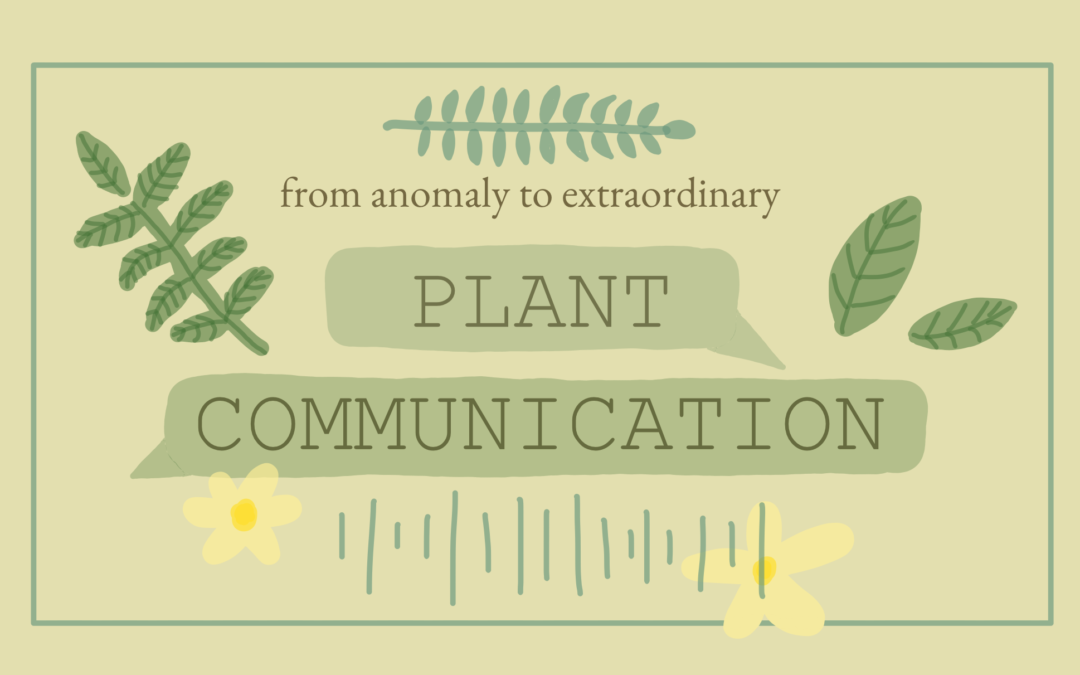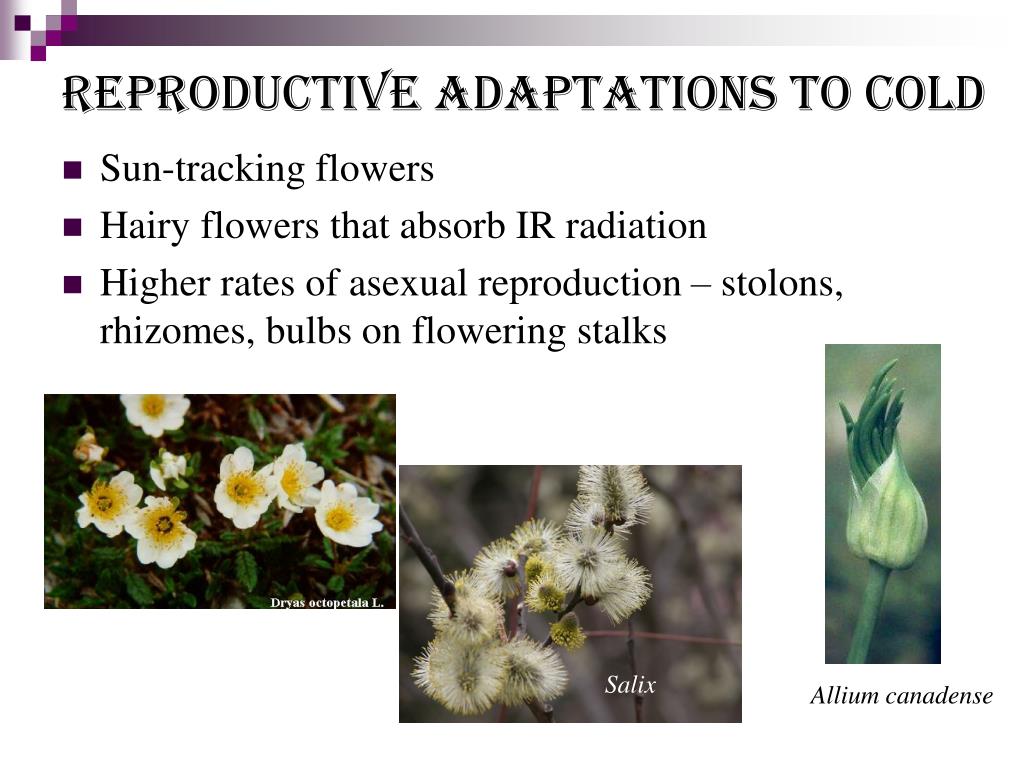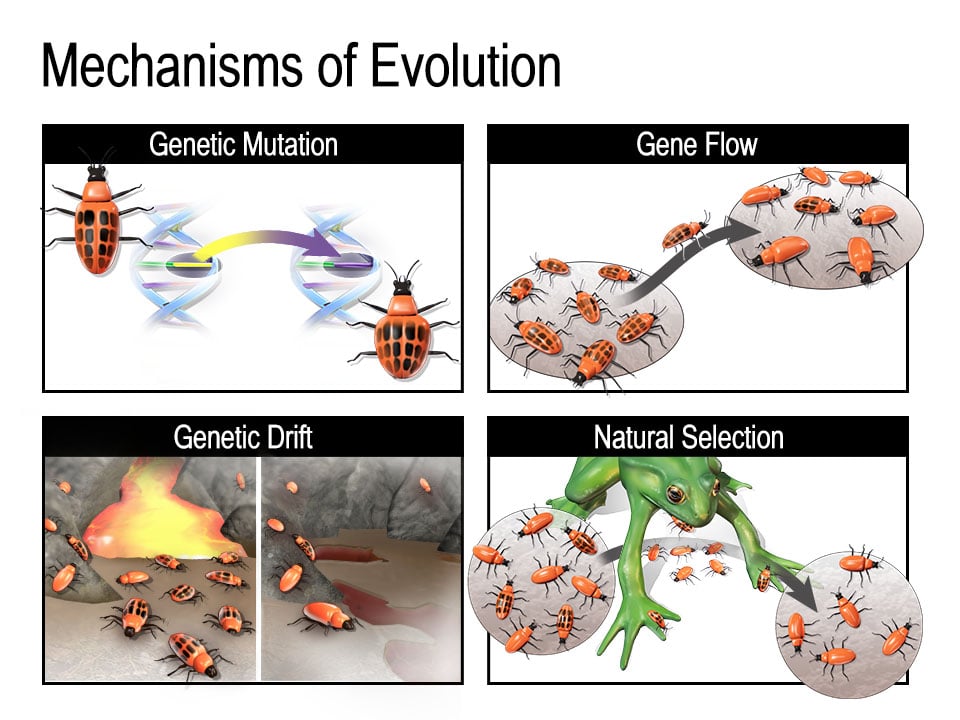
The Whispers of Time: An Introduction to Plant Evolutionary Biology
Imagine a world teeming with life, where the silent sentinels of the plant kingdom stand as testaments to the relentless march of time. These organisms, from the towering redwoods to the humble blades of grass, have witnessed millennia unfold, adapting and evolving in response to the ever-changing tapestry of Earth’s environments. Delving into the realm of plant evolutionary biology is akin to embarking on a grand adventure, a journey into the heart of life’s most profound mysteries. It’s a voyage that unveils the intricate mechanisms driving the diversification of plants, their interactions with the environment, and the very essence of their being.
This isn’t just about memorizing scientific names or dissecting floral structures. It’s about understanding the grand narrative of life on Earth, a story written in the language of genes, fossils, and ecological interactions. It’s about appreciating the sheer ingenuity of nature, the remarkable ways in which plants have conquered land, adapted to extreme conditions, and forged intricate relationships with other organisms. This exploration will illuminate the fascinating world of plant evolution, exploring the processes, challenges, and triumphs that have shaped the green realm we know and love.
Unveiling the Building Blocks: Key Concepts in Plant Evolution
The Engine of Change: Natural Selection
At the core of plant evolution lies natural selection, the driving force behind adaptation and diversification. This concept, eloquently articulated by Charles Darwin, explains how individuals with advantageous traits are more likely to survive, reproduce, and pass those traits on to their offspring. Think of a population of plants facing a drought. Those with deeper roots, capable of accessing water sources, are more likely to thrive and produce seeds. Over time, this trait becomes more prevalent in the population, leading to a gradual adaptation to the arid conditions. This is the essence of natural selection in action.
The beauty of natural selection is its simplicity and its profound impact. It operates on the principle of differential survival and reproduction, favoring those traits that enhance an organism’s ability to cope with its environment. This process, repeated over countless generations, can lead to remarkable transformations, shaping the diversity of life in intricate ways. Consider the evolution of flowers, once simple structures that have now become complex masterpieces of pollination, a testament to the power of natural selection.
The Blueprint of Life: Genes and Genomes
The genetic makeup of a plant, its genome, is the blueprint of its existence. Genes, the fundamental units of heredity, carry the instructions for building and maintaining a plant’s structure and function. These genes are not static; they are subject to change through mutations. These mutations, random alterations in the DNA sequence, can introduce new traits or variations within a population. Some mutations are harmful, others are neutral, and a few are beneficial, providing the raw material for natural selection to act upon.
The study of plant genomes has revolutionized our understanding of plant evolution. By comparing the genomes of different plant species, scientists can trace the evolutionary relationships between them, reconstruct the history of plant lineages, and identify the genes responsible for specific traits. This information is crucial for understanding how plants have adapted to different environments and how they have diversified over time. Modern techniques, such as genomics and transcriptomics, allow us to peer into the very heart of plant biology, to understand the genetic underpinnings of their evolutionary journey.
The Dance of Genes: Genetic Drift and Gene Flow
Beyond natural selection, other forces also shape the course of plant evolution. Genetic drift, the random fluctuation of gene frequencies within a population, can lead to the loss of genetic diversity, especially in small populations. Imagine a rare gene variant that, by chance, becomes less common in a population. This is genetic drift at work. Similarly, gene flow, the movement of genes between populations, can introduce new genetic variation and alter the genetic makeup of a population. This can occur through the dispersal of pollen or seeds, for instance.
These processes, along with natural selection, contribute to the complex tapestry of plant evolution. They highlight the dynamic nature of plant populations and the interplay of chance and necessity in shaping their genetic makeup. Understanding these forces is essential for comprehending the complete picture of plant evolution, including its past, present, and future.
From Ancient Shores to Modern Forests: A Journey Through Plant Phylogeny
Tracing the Roots: The Tree of Life
The study of plant phylogeny, the evolutionary history of plants, is like tracing the branches of a vast family tree. By analyzing genetic data, morphological characteristics, and fossil records, scientists reconstruct the evolutionary relationships between different plant groups. This results in a phylogenetic tree, a diagram that depicts the evolutionary relationships and the order in which different plant lineages diverged over time. This tree is a constantly evolving work in progress, as new data and analytical techniques are continually refining our understanding of plant evolution.
This phylogenetic tree allows us to understand the ancestry of different plant groups, from the earliest land plants to the most recently evolved flowering plants. It allows us to see the major evolutionary events that have shaped the plant kingdom, such as the evolution of vascular tissue, seeds, and flowers. It’s a powerful tool for understanding the diversity and complexity of the plant world.
The Pioneers: Early Land Plants
The story of plant evolution begins with the colonization of land, a pivotal event in the history of life. The first land plants, the ancestors of modern mosses and liverworts, emerged from aquatic environments. These early plants were small and simple, lacking the complex structures found in later plant groups. They faced a multitude of challenges, including desiccation, UV radiation, and the need for efficient water and nutrient uptake. Their adaptation to the terrestrial environment was a crucial step in the diversification of life on Earth.
These pioneering plants paved the way for the evolution of more complex land plants. Their adaptations, such as the development of a cuticle (a waxy layer that prevents water loss) and stomata (pores that allow for gas exchange), were fundamental for the success of the later plant groups. Studying these early land plants provides insights into the evolutionary pressures that shaped the transition from aquatic to terrestrial life.
The Rise of Vascular Plants: A Revolution in Structure and Function
The evolution of vascular plants, characterized by the presence of specialized tissues for water and nutrient transport (xylem and phloem), marked a significant leap forward. This innovation allowed plants to grow taller and colonize a wider range of habitats. These plants, including ferns, horsetails, and their relatives, were the dominant vegetation for millions of years, forming vast forests and shaping the landscape. The evolution of vascular tissue represented a pivotal adaptation, enabling plants to overcome the limitations of diffusion and efficiently transport water and nutrients throughout their bodies.
This structural innovation facilitated the evolution of larger body sizes and more complex morphologies. These vascular plants, with their sophisticated transport systems, could effectively exploit the resources in their environment, giving them a significant advantage. Their dominance during the Carboniferous period led to the formation of the vast coal deposits that we still use today. Their legacy is deeply intertwined with the history of our planet.
The Seed Revolution: A New Era of Plant Diversity
The evolution of seeds was another watershed moment in plant evolution. Seeds, which contain an embryo and a food supply encased in a protective coat, provided a major advantage for plant dispersal and survival. Seed plants, including gymnosperms (conifers, cycads, etc.) and angiosperms (flowering plants), have diversified dramatically, colonizing a vast array of environments. They were able to colonize drier environments, survive harsh winters, and disperse across vast distances.
The seed allowed plants to break free from the constraints of relying on water for reproduction. The seed’s ability to be dormant for extended periods and survive harsh conditions revolutionized the plant world. The evolution of the seed led to the development of a wide range of dispersal mechanisms, including wind, water, and animal dispersal, allowing seed plants to colonize new habitats and thrive in diverse environments.
The Flowering Triumph: Angiosperm Radiation
The angiosperms, or flowering plants, represent the most diverse and successful group of plants on Earth. Their success is largely attributed to the evolution of flowers, which are highly efficient structures for attracting pollinators. Flowers, with their vibrant colors, attractive scents, and nectar rewards, have co-evolved with insects, birds, and other animals, leading to a remarkable diversity of pollination strategies. They have revolutionized the way plants reproduce and interact with their environment.
The evolution of flowers also led to the development of fruits, which protect and disperse seeds. The angiosperms, with their diverse array of flowers and fruits, have adapted to a wide range of environments, from tropical rainforests to arctic tundra. Their ecological success is a testament to the power of natural selection and the adaptability of plants.
The Intricate Web: Plant Interactions and Coevolution
The Pollination Dance: A Symphony of Interactions
Plants do not exist in isolation. They are intertwined in complex relationships with other organisms, particularly pollinators. The coevolution of flowers and pollinators is a classic example of mutualism, where both partners benefit. Flowers have evolved a dazzling array of colors, shapes, and scents to attract specific pollinators. Pollinators, in turn, have evolved specialized structures and behaviors to efficiently collect pollen and nectar. This intricate dance of pollination has driven the diversification of both plants and pollinators.
This interaction is a beautiful example of how life is interconnected. The success of many plants hinges on the pollinators that help them reproduce. Likewise, pollinators rely on plants for food and shelter. The complex interactions between plants and pollinators have shaped the biodiversity of the planet and contributed to the stability of ecosystems.
The Seed Dispersal Strategy: Spreading the Legacy
Seed dispersal is another crucial aspect of plant-animal interactions. Plants have evolved a variety of mechanisms to disperse their seeds, including wind, water, and animal dispersal. Animals play a significant role in seed dispersal, either by consuming fruits and excreting the seeds or by attaching seeds to their fur. This ensures that the seeds are spread far and wide, allowing plants to colonize new habitats and escape competition with their parent plants. The relationship between plants and seed dispersers is a fascinating example of ecological interdependence.
The effectiveness of seed dispersal greatly impacts the distribution and survival of plant populations. Plants have evolved a variety of fruit structures and seed characteristics to facilitate dispersal by different means. Understanding these mechanisms is crucial for conservation efforts, as it allows us to manage and protect plant populations.
The Defense Game: Plants vs. Herbivores
Plants are constantly under attack from herbivores, and they have evolved a sophisticated arsenal of defenses to protect themselves. These defenses include physical barriers, such as thorns and spines, and chemical compounds, such as toxins and repellents. These defenses can deter herbivores from eating plants or reduce the plant’s nutritional value. The arms race between plants and herbivores has driven the evolution of both, leading to a remarkable diversity of plant defenses and herbivore adaptations.
The battle between plants and herbivores is a constant evolutionary struggle. Plants have evolved a variety of strategies to minimize herbivore damage. Understanding these defense mechanisms is essential for managing agricultural pests and conserving plant biodiversity. The study of plant-herbivore interactions reveals the complex and dynamic relationships that shape ecosystems.
The Forces of Change: Environmental Influences on Plant Evolution
The Climate’s Role: Shaping Plant Adaptations
Climate change has played a significant role in shaping plant evolution throughout Earth’s history. Changes in temperature, precipitation, and atmospheric composition have driven plant adaptation and diversification. Plants have evolved a remarkable ability to respond to climate change, including adaptations to drought, heat stress, and changing light conditions. This is a continuous process, and the study of plant evolution is essential for predicting how plants will respond to current and future climate change.
Understanding the impact of climate on plant evolution is crucial for conservation and management. Climate change is a major challenge for plant survival. Studying plant adaptation to climate helps us to understand their resilience and vulnerability. Knowledge of plant adaptation to climate is essential for developing conservation strategies.
The Soil Factor: Nutrient Availability and Adaptation
The soil environment plays a critical role in plant evolution. Soil conditions, including nutrient availability, pH, and water content, influence plant growth and survival. Plants have evolved a variety of adaptations to cope with different soil conditions, including specialized root systems, symbiotic relationships with fungi, and nutrient uptake strategies. Soil composition is a crucial factor in plant distribution and diversity.
The relationship between plants and soil is complex and dynamic. Plants have developed many methods for interacting with the soil. Understanding these interactions is important for sustainable agriculture and ecosystem management. Managing soil health is essential for supporting plant growth and biodiversity.
The Human Impact: Anthropogenic Influences
Human activities have significantly impacted plant evolution. Habitat destruction, climate change, and the introduction of invasive species are all posing challenges to plant survival and diversification. Understanding the effects of human activities on plant evolution is crucial for conservation and management. Humans have significantly altered the environment, and their influence on plant life is profound and continues to grow.
Human activities have a wide range of effects on plant evolution. These include habitat destruction, pollution, and climate change. Conservation efforts must address these human impacts to protect plant diversity. Understanding the human impact is necessary for the development of effective conservation strategies.
The Future of Green: Research and Conservation in Plant Evolutionary Biology
Unlocking the Secrets: Current Research Directions
Plant evolutionary biology is a rapidly evolving field, with new discoveries constantly reshaping our understanding of plant evolution. Current research focuses on a wide range of topics, including the genetic basis of adaptation, the evolution of plant-pollinator interactions, and the impact of climate change on plant populations. Advanced technologies, such as genomics and high-throughput sequencing, are revolutionizing our ability to study plant evolution. Researchers are using cutting-edge tools to unravel the mysteries of plant life and to develop strategies for conservation.
The future of plant evolutionary biology is bright, with many exciting areas of research. These include genomics, ecology, and conservation. There is an ever-growing need for research to understand the complex processes of plant evolution and to protect plant diversity.
Protecting the Green: Conservation Efforts
Plant conservation is essential for preserving biodiversity and ensuring the long-term health of ecosystems. Conservation efforts include habitat protection, the control of invasive species, and the restoration of degraded ecosystems. Understanding plant evolution is crucial for developing effective conservation strategies. By understanding how plants have adapted to different environments, we can better protect them from threats such as climate change and habitat loss.
Conservation efforts are essential for protecting plant diversity and the environment. Habitat protection, combating invasive species, and restoring degraded ecosystems are all essential elements of conservation. These strategies must be based on a sound understanding of plant evolution.
Conclusion: The Enduring Legacy of Plant Evolution
The study of plant evolutionary biology is a captivating journey through the history of life on Earth. From the earliest land plants to the diverse array of flowering plants, the evolution of plants has shaped the landscapes we inhabit and the ecosystems we depend on. The intricate interplay of natural selection, genetic variation, and environmental factors has driven the diversification of plants, their adaptation to diverse habitats, and their complex interactions with other organisms. As we continue to unravel the mysteries of plant evolution, we gain a deeper appreciation for the beauty, resilience, and importance of the plant kingdom. It is a story that continues to unfold, and one that holds the key to a sustainable future.
Understanding plant evolution is not just an academic pursuit; it is essential for addressing the challenges of climate change, biodiversity loss, and food security. By studying the evolutionary history of plants, we can develop strategies for conserving plant diversity, managing agricultural systems, and mitigating the impacts of environmental change. The future of the green world depends on our understanding and appreciation of plant evolution.
